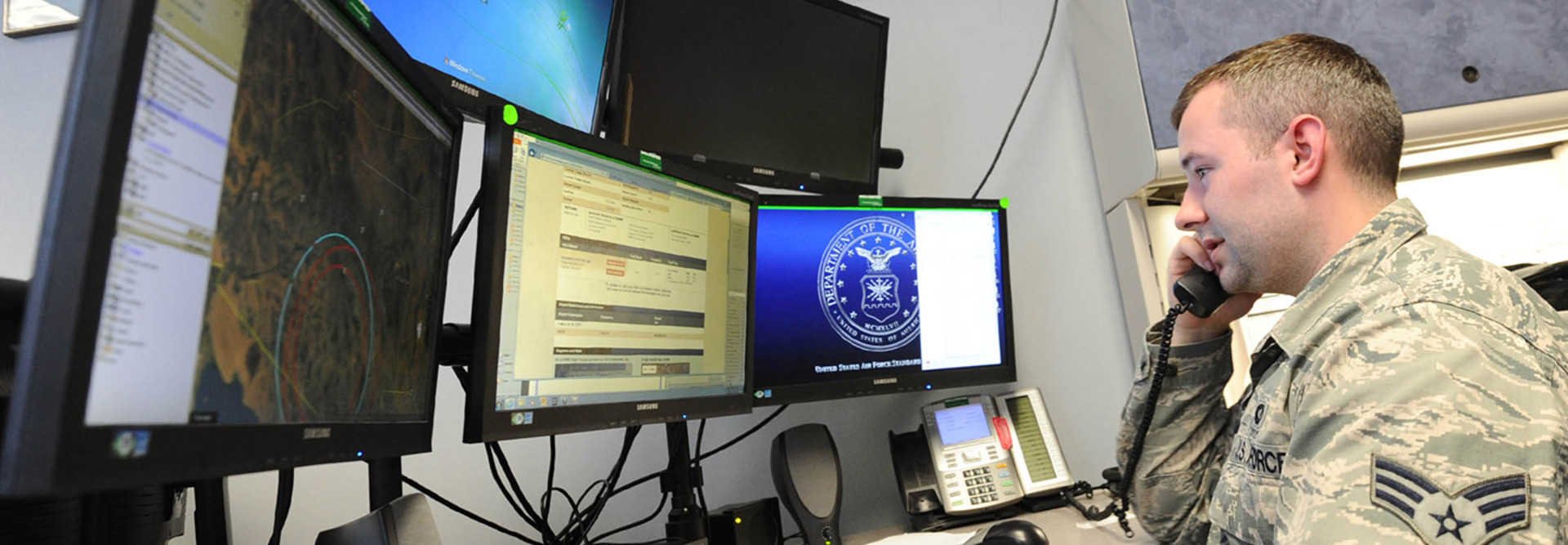Air Force Pushes Ahead on Its Mobile and Cloud Initiatives
The Air Force began an experiment last month at 20 out of its 187 bases to test its Enterprise IT as a Service model and use commercially owned and operated IT services at those bases to learn and adjust before transitioning to the rest of the service branch 2020.
That is a major undertaking, the goal of which is to improve the IT user experience through commercial services in order to increase mission effectiveness, according to the Air Force. Air Force Deputy CIO Bill Marion says that AT&T and Microsoft and are testing new approaches to bringing network services to bases under other transaction authority agreements.
“We are in the site survey process and we are rolling out with speed and agility with those two offerors working through the [other transaction authority] process,” he tells Federal News Radio.
However, while it is doing that, the service is moving ahead on key mobile upgrades and cloud migrations. The Air Force wants to bring mobile connectivity to its bases and also continue to move both apps and users to various private and public clouds.
MORE FROM FEDTECH: Find out how your agency can effectively migrate data to the cloud!
Air Force Moves to Enhance Its Networks
Since late 2017, the Air Force has made it clear that it would like to expand mobile broadband coverage at its bases. Marion says the service is making a big push toward cellular and mobile and recently released a Request for Proposals to industry for such connectivity.
“We are trying to bring public-private partnerships together [to] allow cellular partners access to our real estate to extend their global mobile infrastructure with what I call ‘five bars to the flight line,’ so we are connecting our airmen from every facet from a mobility perspective,” Marion tells Federal News Radio.
Marion says the Air Force will eventually engage in a full acquisition once it knows what is possible with Network as a Service. “This allows us a lot of dialogue with the two vendors to push and pull on price point to capability and really figure out how we ultimately build that requirements construct,” he says.
The Air Force wants to understand what industry vendors and wireless carriers can deliver that meets its security requirements, according to Marion. “We all know agility and speed are the new world order in security and risk management, so how do we deliver that kind of ecosystem at the network layer?” The Air Force will pilot these concepts at six bases, three per vendor, over the next few years, according to Federal News Radio.
Air Force Continues Its Shift to the Cloud
The Air Force has 15 applications on the Common Compute Environment, which uses Amazon Web Services and Microsoft Azure Impact Level 5-compliant cloud services, and it is moving its enterprise resource planning system, which includes its human resources, financial management and logistics apps.
Meanwhile, the Air Force is pushing ahead with its Microsoft Office 365 deployment. Marion tells Federal News Radio that so far more than 500,000 users have moved to the enterprise cloud service.
“The commercial implementations have typically reduced cost pretty significantly. In our current common computing environment work, we are seeing a 4x reduction in overall application infrastructure costs,” Marion says.
The Air Force is also seeing positive results in its work with DISA, Marion says. The service goes through an application rationalization process, thinks through the business case for migrating apps and also works closely with DISA on the data that needs to be migrated between clouds.
“You certainly don’t want one application in one cloud and another one in another cloud when they are going to talk all the time,” Marion says. “We want to narrow it down. We don’t want 100 different cloud providers, but getting that to a suitable set, a handful if you will, of principle drivers that deliver value and we will rationale based on the use case.”






.jpg)



